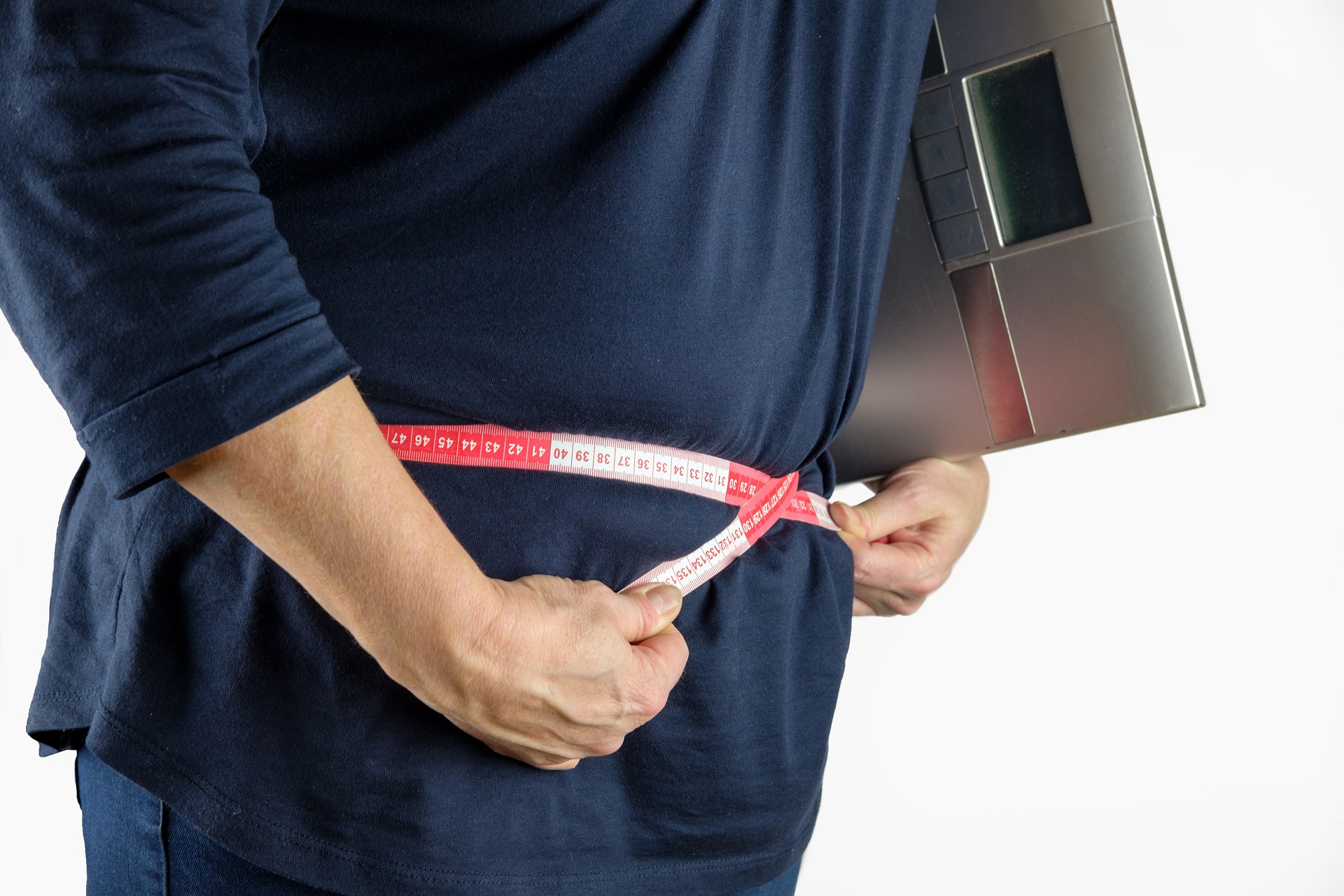Does gastric balloon really help to lose weight
The gastric balloon has emerged as a popular non-surgical weight loss option for individuals struggling with obesity. This minimally invasive procedure involves placing a temporary balloon in the stomach to help reduce food intake and promote weight loss. While it's considered less risky than bariatric surgery, many people wonder whether gastric balloon procedures deliver genuine results and if they're worth considering as part of a comprehensive weight management strategy.
What is a Gastric Balloon
A gastric balloon, also known as an intragastric balloon, is a soft silicone device that is temporarily placed inside the stomach to help with weight loss. The balloon is inserted through the mouth using an endoscopic procedure, eliminating the need for surgical incisions. Once positioned in the stomach, it is filled with saline solution or gas to occupy space and create a feeling of fullness.
The procedure is typically recommended for individuals with a Body Mass Index (BMI) between 30 and 40 who have not achieved successful weight loss through diet and exercise alone. Unlike permanent bariatric surgeries, gastric balloons are designed to remain in place for six months to one year, after which they must be removed through another endoscopic procedure.
There are several types of gastric balloons available, including single balloons filled with saline and dual balloons that use gas. Each type has specific advantages and considerations, and the choice depends on individual patient factors and medical recommendations.
How Does the Gastric Balloon Work
The gastric balloon works through two primary mechanisms: restriction and satiety enhancement. When the balloon occupies space in the stomach, it significantly reduces the available volume for food, naturally limiting portion sizes. This physical restriction means patients feel full much sooner during meals, leading to reduced caloric intake.
The balloon also affects gastric motility and hormone production. The presence of the device slows down gastric emptying, meaning food stays in the stomach longer, prolonging the feeling of fullness. Additionally, the balloon may influence the production of hunger and satiety hormones, including ghrelin and GLP-1, which help regulate appetite and eating behaviour.
The insertion procedure typically takes 20-30 minutes and is performed under mild sedation. Patients can usually return home the same day, though some may experience nausea, vomiting, or stomach discomfort for the first few days as their body adjusts to the balloon. Most patients adapt within a week of the procedure.
Throughout the treatment period, patients work with a multidisciplinary team including dietitians, psychologists, and medical professionals to develop healthy eating habits and lifestyle changes that will support long-term weight management success.
Benefits of Gastric Balloon for Weight Loss
Clinical studies demonstrate that gastric balloons can help patients lose 10-15% of their total body weight on average, with some individuals achieving even greater results. This weight loss typically occurs within the first six months of treatment, with most patients reaching their maximum weight loss before balloon removal.
The procedure offers several advantages over surgical weight loss options. It’s reversible, minimally invasive, and carries lower risks of complications compared to bariatric surgery. Recovery time is significantly shorter, and the procedure can be repeated if necessary. For many patients, the gastric balloon serves as an effective bridge to healthier eating habits and lifestyle changes.
Beyond weight loss, patients often experience improvements in obesity-related health conditions such as type 2 diabetes, high blood pressure, and sleep apnea. The procedure can also boost self-confidence and quality of life, providing motivation to maintain healthy habits after balloon removal.
However, success with gastric balloon treatment requires commitment to dietary changes and ongoing lifestyle modifications. The balloon is a tool that must be combined with professional support and personal dedication to achieve optimal results.
Gastric balloon procedures in Australia typically cost between $8,000 and $15,000, depending on the type of balloon used and the clinic location. The following table provides a comparison of gastric balloon providers and their typical cost ranges:
| Provider Type | Balloon Brand | Cost Estimation (AUD) |
|---|---|---|
| Specialist Clinics | Orbera/Spatz | $10,000 - $15,000 |
| Hospital Programs | Obalon/Elipse | $8,000 - $12,000 |
| Private Practice | Various Brands | $9,000 - $14,000 |
Prices, rates, or cost estimates mentioned in this article are based on the latest available information but may change over time. Independent research is advised before making financial decisions.
Most private health insurance plans in Australia provide limited coverage for gastric balloon procedures, as they’re often classified as non-essential treatments. However, some policies may offer partial coverage, particularly when the procedure is deemed medically necessary for treating obesity-related health conditions.
The gastric balloon represents a viable weight loss option for appropriate candidates when combined with comprehensive lifestyle changes and ongoing medical support. While individual results vary, clinical evidence supports its effectiveness as a temporary intervention that can jumpstart significant weight loss and help establish healthier eating patterns. Success ultimately depends on the patient’s commitment to making lasting lifestyle changes that extend beyond the balloon treatment period.
This article is for informational purposes only and should not be considered medical advice. Please consult a qualified healthcare professional for personalized guidance and treatment.





